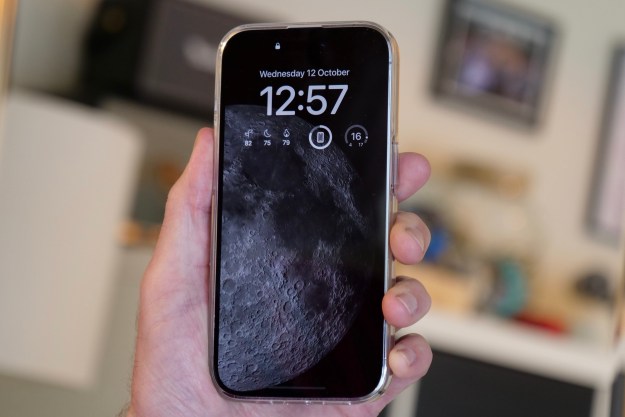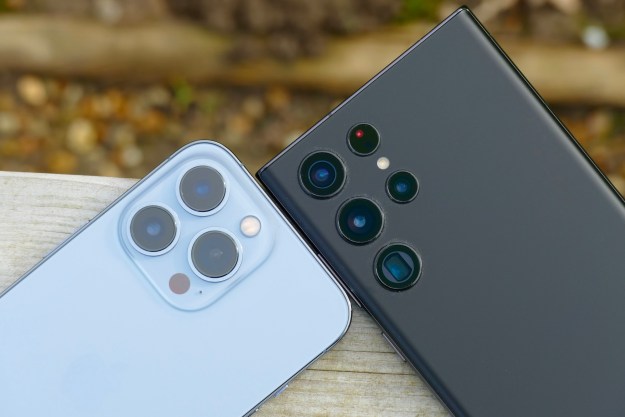Smartphones are far from immune to getting attacked by malware. A variety of viruses can cause all kinds of problems, and while some of these viruses are very obvious, others play a more subtle game to steal money or information. Here’s what to watch for if you think your phone may have a malware problem and what you should do if you confirm something has gone wrong.
Watch for signs of a problem

Viruses usually find their way onto phones due to users accessing content they shouldn’t. There are good reasons why you should never click that strange link in a text, open unknown email attachments, or download a random new app — these are all possible sources of malware, and mobile devices are frequent targets since people often don’t think as much about opening a text or checking out a new app. Even iPhones are susceptible to various trojan horse and phishing tactics, especially if they have been jailbroken.
This also means that many users don’t realize that their phones have been infected until it’s too late and strange things start happening. One of the best ways to check your phone for viruses is to see if any strange behavior matches the sign of a hidden culprit. Here’s what you should look for.
Frequent and uncontrollable pop-up ads
Adware is a type of malware that floods your phone or infected apps with annoying pop-up ads that are difficult or impossible to get rid of and won’t go away over time. These ads aren’t just obnoxious; they tend to link to even worse viruses or scams that can cause further trouble.
Unexplained fees or charges
A variety of phone viruses will automate some processes to try and trick users out of money. For example, they may secretly send dozens of texts to numbers set up to charge your phone for each text. If you aren’t willingly paying for texts for special services, it’s probably malware doing the work. This can also create other kinds of costs! A virus may eat through your data plan and lead to higher charges from your service provider.
Going through your battery charge at suspiciously high rates
Batteries can lose some effectiveness as they age, but if your battery has suddenly started to drain at high speed, it’s time to take a closer look at everything that’s going on. You may have spyware that’s running in the background to collect your information.
You find an app you didn’t download
Run through your app list and look for surprises. An unexpected app may have been downloaded by the virus or may be the trojan horse responsible for your virus problems. Check with your loved ones and kids to see if they’ve been downloading any apps onto your phone, which could also explain how something got there. Don’t open a strange app if you don’t recognize it!
Your phone keeps crashing or shutting down
There are many reasons your phone can automatically shut down, including battery problems, overheating, and buggy updates. But if your phone is crashing over and over in the same way no matter what you are doing (or in specific cases, like when you use the same app), then it’s more likely that you have a virus.
The virus will tell you it’s there
This will happen with ransomware, which will lock you out of apps and files, and then let you know what it has done. The goal is to get the user to send a ransom payment for making the phone usable again.
Use a virus scan program

Sometimes, you may also be able to use a scanning program to look for any specific viruses on your phone. For example, if you have a Samsung Galaxy, you can run a scan for malicious software at any time with Smart Manager.
You can also download a third-party program to help with security. Many of the popular brands have app options for phones that will also be able to perform scans to check for viruses. Avast’s Security App is a popular choice and a free download, so if you’re worried about viruses, this is a good step to take.
A virus scan won’t be 100% reliable and needs to be consistently updated for the best results, but it can help confirm your suspicions if you think there’s some malware sneaking about.
What to do if your phone has a virus

Disconnect your phone from the internet immediately if you think you have a virus problem, then shut your phone down completely.
If you need to keep using your phone or want to look for further signs of a virus, you should boot back up in safe mode. If you have an iPhone, you can enter safe mode by turning it on and holding the Volume Down button until the Apple logo shows. We also have a handy guide for entering safe mode on an Android phone, which you can usually do by pressing and holding the Power Off option until you see the prompt to Reboot to Safe Mode. Once in safe mode, you can look for suspicious apps and other problems that may be plaguing your device.
Unfortunately, once a virus has made its way to your phone, your choices for getting rid of it are limited, especially since malware can stay so well hidden. We recommend resetting your phone to factory settings, then restoring your phone and data from a backup version from before your virus problems began. Here’s our guide to factory resetting an iPhone, and here’s how to do it properly on Android. If you don’t have a backup of your phone you can use in a recovery mode, you do risk losing some data permanently — keeping backups is a good idea!
Editors' Recommendations
- Best refurbished iPhone deals: Get an iPhone 14 for $513
- An Apple insider just revealed how iOS 18’s AI features will work
- The most common Skype problems and how to fix them
- iPhone SE 4: news, rumored price, release date, and more
- What is NFC? How it works and what you can do with it




